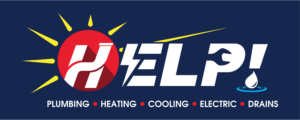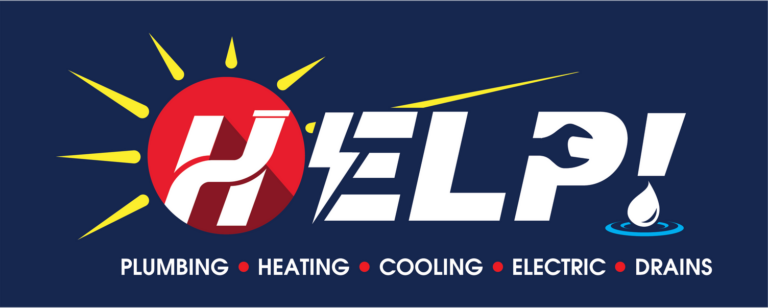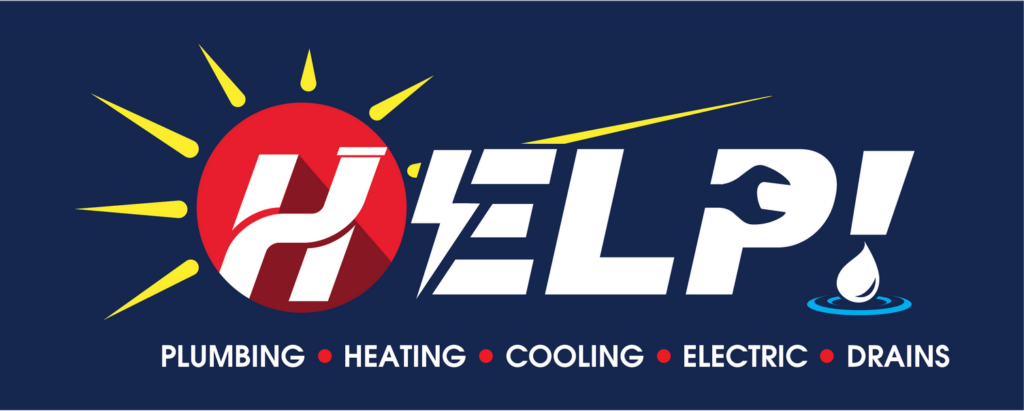Who knew so many different pipes could be behind your walls, under your floors, and beneath your lawn?
Most types of plumbing pipes are safe and designed to last for decades. All five types of pipes come in varying widths and can, for the most part, join with one another.
The main differences lie in the installation process, cost, and resistance to sunlight, extreme temperatures, and corrosion.
Read on to learn more about the plumbing pipes that may be in your home and which pipes to consider if you need pipe replacement.
PEX Pipes
Cross-linked polyethylene (PEX) is the newest type of plumbing pipe and is used for water supply lines.
It’s now extremely common in residential plumbing because of its flexibility and easy installation. If your home has been recently updated or was built in the last 10 to 20 years, you likely have PEX piping.
PEX pipes are made of flexible plastic and can bend in nearly any direction, removing the need for elbow joints and multiple connection points — which are common culprits for leaks.
Pros
- Heat tolerant
- Affordable
- Cuts easily
Cons
- Unknown long-term capabilities
- Not recyclable
PVC Pipes
PVC (polyvinyl chloride) pipes are lightweight, thus faster and easier to work with than copper and galvanized steel pipes. PVC is the most common residential plumbing pipe used for water supply and sewer lines.
Because PVC can corrode in sunlight and break down from hot water exposure, you may opt for CPVC (chlorinated polyvinyl chloride) pipes that can withstand up to 200 degrees Fahrenheit.
Pros
- Easy installation compared to steel and copper pipes
- Affordable
Cons
- Must be cut
- Prone to joint leaks when not bonded properly
- Corrode in sunlight
Copper Pipes
Copper was the standard for quite some time and was previously used as the primary material for water supply plumbing because it does not pose any health risks. It is still commonly used for water heaters, radiant heat systems, short-length supply lines, and gas lines.
Despite its many good qualities, there’s less incentive to opt for copper pipes with the rise of PVC and PEX piping.
Pros
- Corrosion-resistant
- Withstand extreme pressure and high temperatures
Cons
- Complicated to work with
- Expensive
ABS Pipes
ABS (acrylonitrile butadiene styrene) pipes are slightly more durable than PVC but can only be used for sink drains, shower drains, and underground sewer lines. It’s less common now but still among the mix of residential plumbing pipes.
Pros
- Stronger than PVC
- Withstand freeze-cracking
Cons
- Violate many building codes
- Limited applications
- Warp and deform above 140 degrees Fahrenheit
Galvanized Steel Pipes
Galvanized steel pipes were the standard across all plumbing systems for many years. You may have galvanized steel if you own an older home and haven’t updated your plumbing. Today, it’s only installed sparingly for gas supply lines, never new construction or replacement water supply lines.
Pros
- None — these materials are outdated
Cons
- Prone to leaks
- Eventually rust and corrode
- Lead poisoning risk
Cast-Iron Pipes
Cast-iron pipes were used for sewer and drain lines and are still found in many homes. When they corrode, crack, or leak, they are replaced with rigid plastic pipes, like ABS.
Pros
- None — these materials are outdated
Cons
- Prone to leaks
- Eventually rust and corrode
Get To Know Your Home’s Plumbing Pipes With HELP Plumbing
Overall, most residential plumbing pipes are durable and up to the task of circulating water in and out of the home for the long haul. And thanks to technology, today’s pipes are much more affordable and efficient to work with.
If you’re unsure about which type of piping you have, schedule a plumbing safety inspection, and your HELP Plumbing technician can advise long-term plans for pipe updates if needed. But no matter what type of piping you have, contact us for service if your pipes are leaking, corroded, or have burst.


